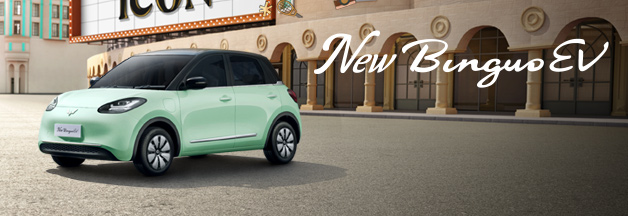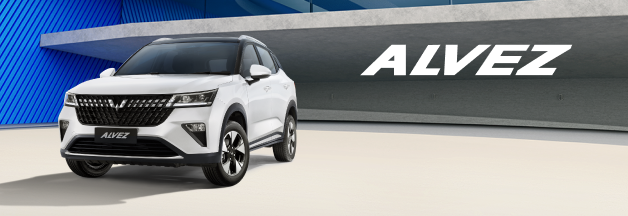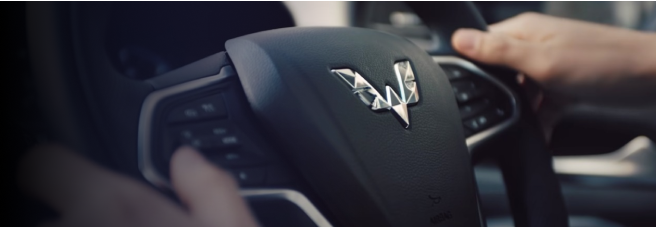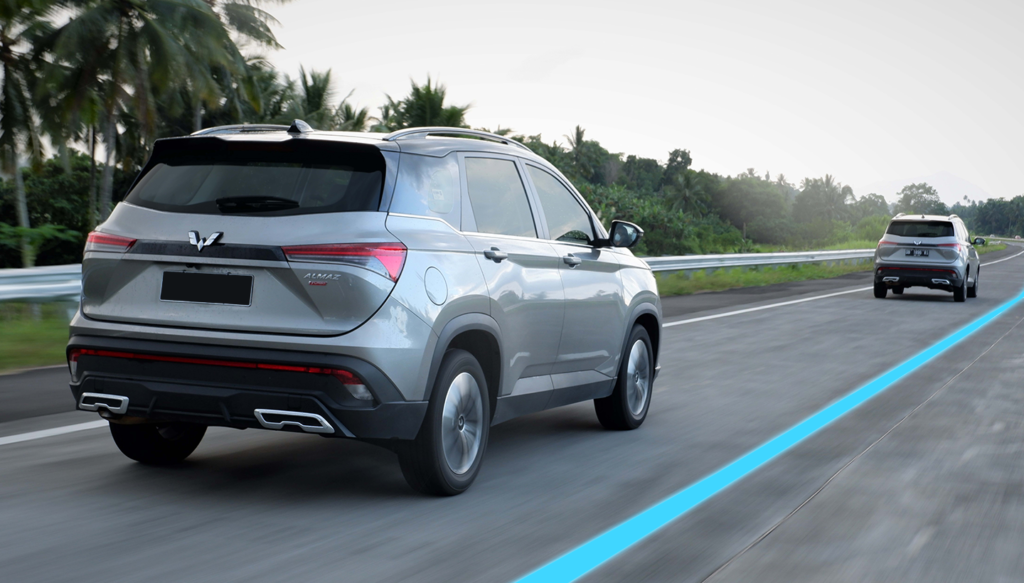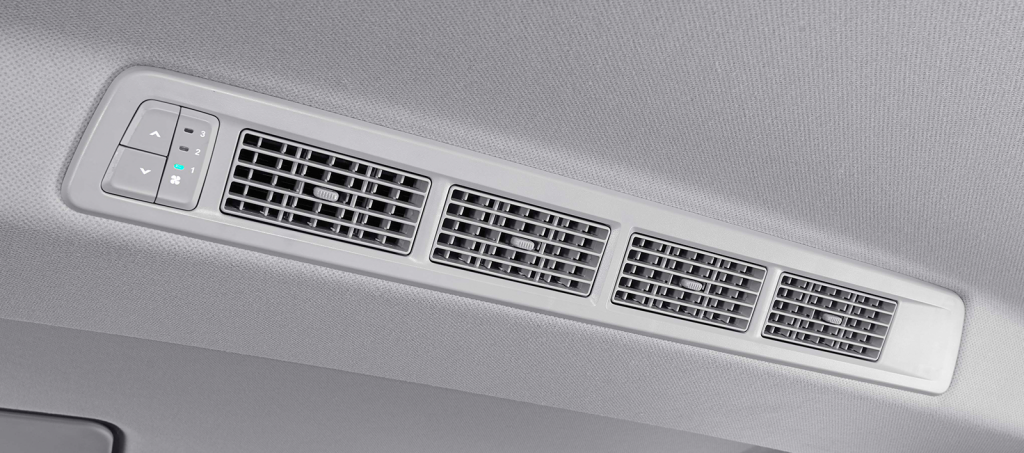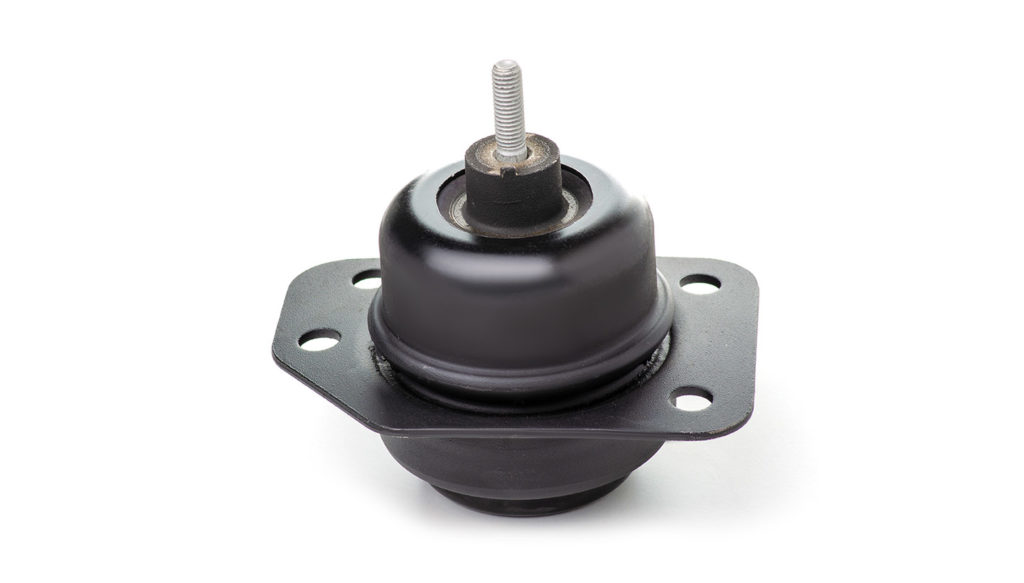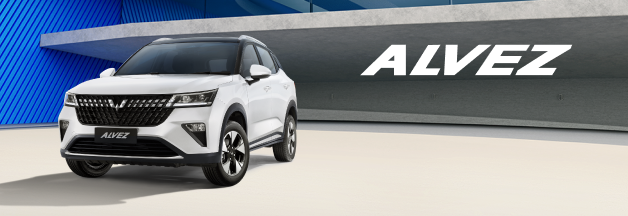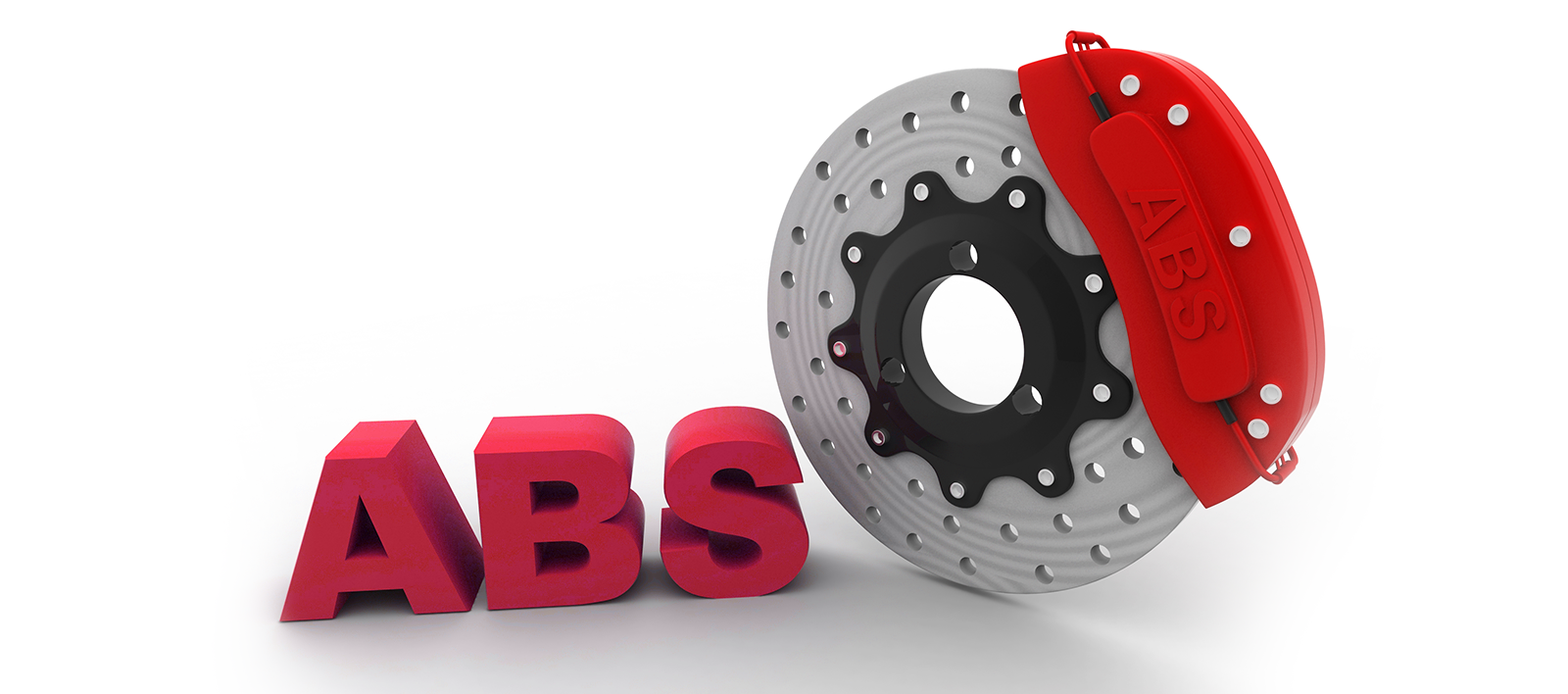
As part of the safety tools, a brake is one of the most important things in a vehicle. Along with the development of technology in cars, the brakes also began to develop with the Anti-lock Braking System (ABS). ABS brakes are proven to save many drivers from the risk of major road accidents.
Understanding The ABS In A Car
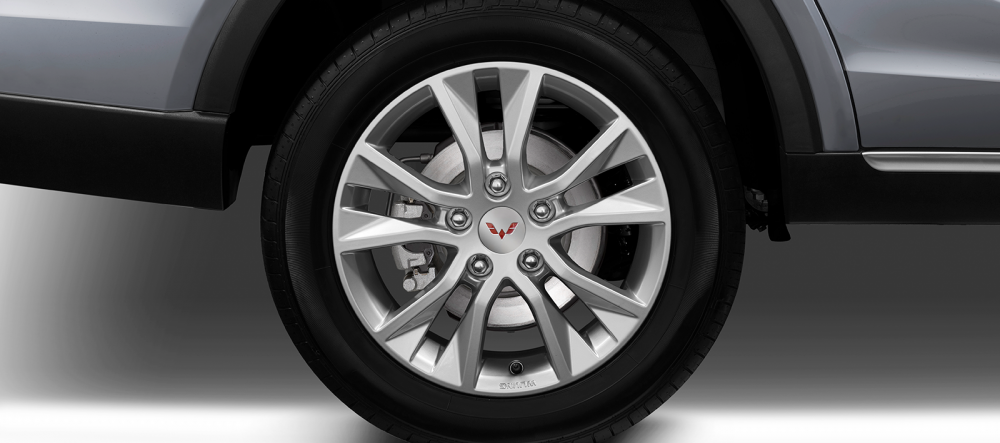
ABS is a very useful braking system when it comes to anticipating wheel locking during sudden braking. As is known, sudden braking during driving is very risky for the driver. This braking system had been applied to the aircraft braking system.
The long journey of ABS started with the Imperial LeBaron Chrysler sedan from 1972. This car came with a then-new braking system wherein grip was automatic and released sequentially so that the front steering could be controlled. This idea continued to be developed until the ABS began to be widely used in the 1980s and became the standard safety device for automobiles in the 2000s.
For this reason, Cortez CT comes with ABS and EBD features, so it can always ensure safety and comfort during driving. On top of that, there are other safety features, such as the Traction Control System (TCS), Electronic Stability Control (ESC), Emergency Stop Signal (ESS), Hill Hold Control (HHC), Tire Pressure Monitoring System (TPMS), ISOFIX, Automatic Vehicle Holding (AVH), and Electric Parking Brake (EPB). Wuling always ensures all of these safety systems are in place.
How Is It Different from The Non-ABS?
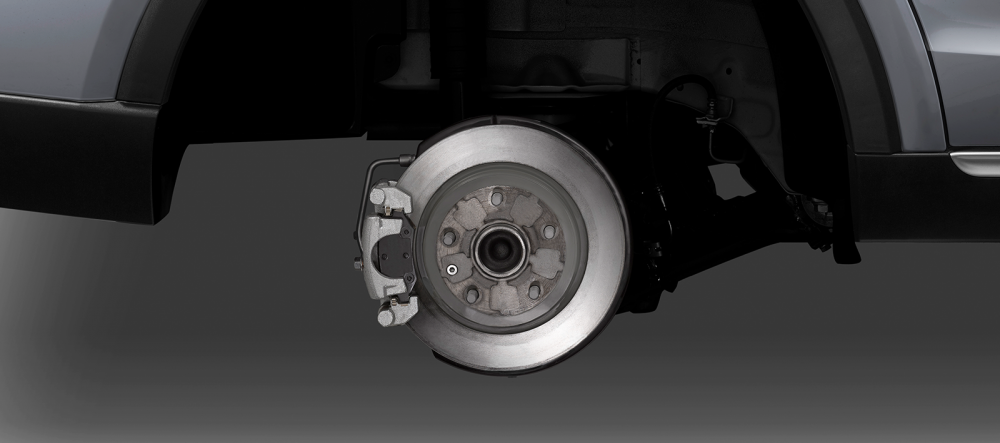
The main difference, when compared with the non-ABS brakes, is indeed in the braking system. In non-ABS or conventional brake, the brake pad applies pressure to the car when its pedal is pressed. On dry road surfaces, non-ABS brakes are still comfortable to use. However, problems arise when the car is running on slippery road surfaces, wherein the pressure from the brake pad won’t work optimally.
The most obvious drawback of non-ABS brakes is when they do sudden braking. In that case, the car will be more difficult to control, and it is not uncommon to slip, while the ABS brake will be easier to control even in sudden braking. Hence, with the ABS, you can be more rest assured of avoiding accidents.
How ABS Brakes Work
Baca Juga
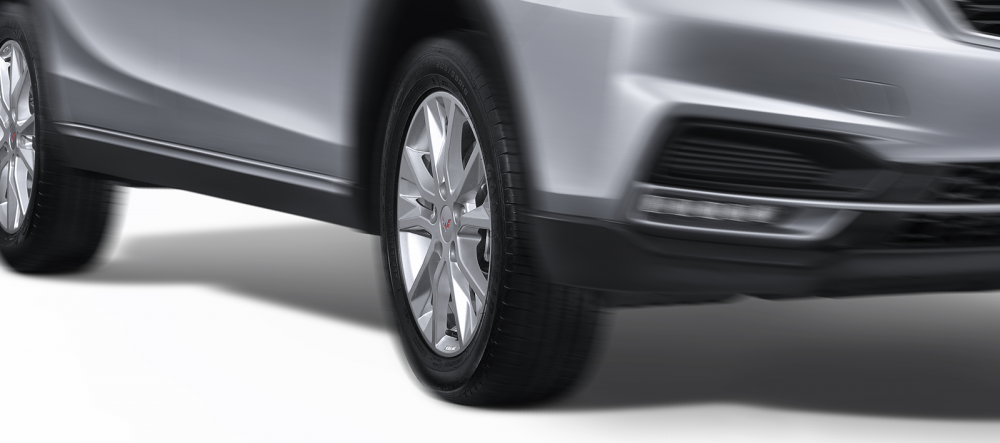
ABS brakes work through sensors that will detect any locked wheel, after which the brake piston automatically releases the pressure back to its normal point. When the wheel starts to unlock and be ready to roll back, the piston will harden again. All this braking process works in a very fast-paced, approximately under 15 seconds so that the car is easier to control during sudden braking.
ABS Brake Care
ABS brakes have a very important role in maintaining safety while driving. Hence, some maintenance has to be conducted to ensure it stays optimal.
Avoid Too Frequent Step On The Brake Pedals
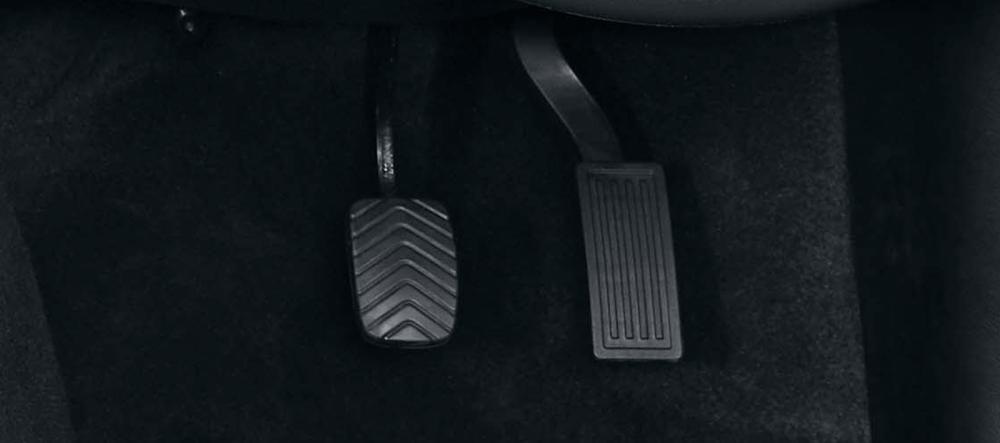
One of the treatments you can take to treat ABS brakes is not to step on the pedal too often. That doesn’t necessarily mean you can’t use or have to avoid using the brake, however, you need to use it in a reasonable amount of time. Also, keep in mind not to perform sudden braking excessively. When the brake is stepped on too often, it sends frequent unnecessary signals to the ABS sensor, which will shorten the life of the sensor itself.
Clean The Sensor
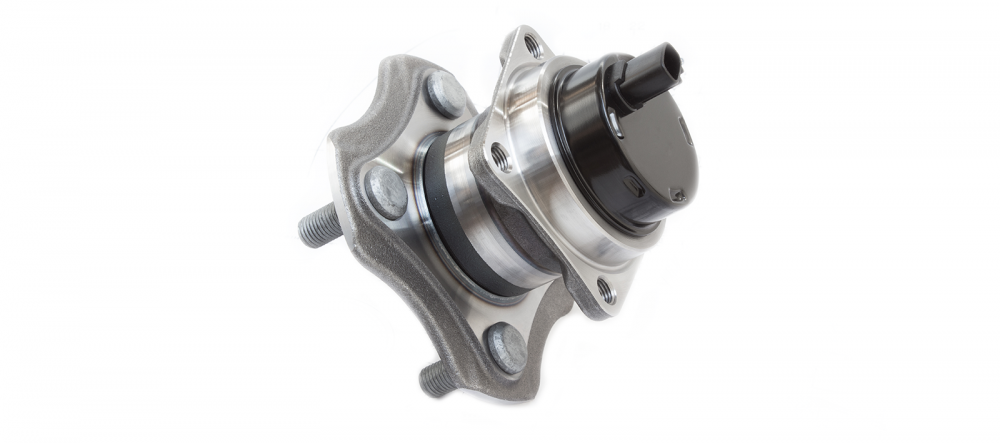
The ABS sensor is located on the brake caliper. You should be careful when cleaning the sensor. You can clean it by using a special cleaning spray that can be found in auto parts stores.
Clean it every two months so that the ABS braking is running optimally. If you find any damage to the braking calipers or wear and tear, you should immediately take your car to an authorized repair shop to get special handling.
Changing The Brake Fluid Regularly
Baca Juga
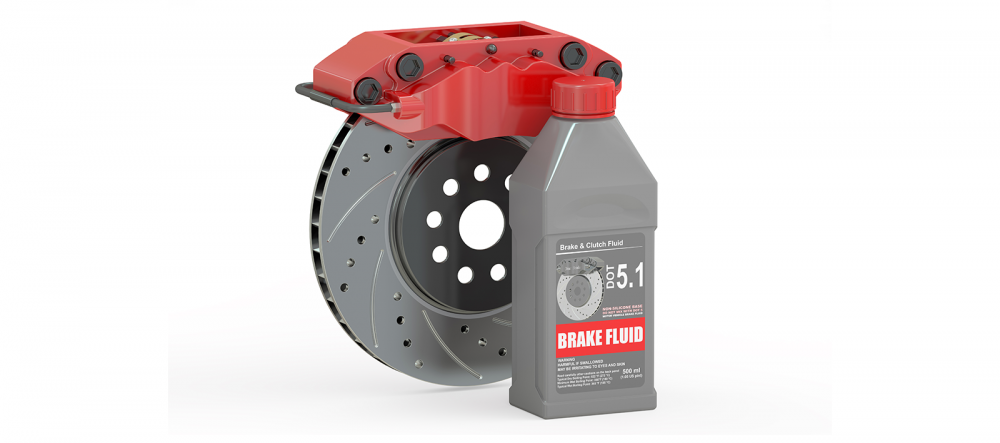
ABS brake will not work optimally if the braking system does not work properly. Therefore, check the brake fluid regularly so that it is always at the recommended limit. Don’t forget to check the brake expiration date as well, to ensure that the baking quality always remains optimal.
What Do The Different ABS Lights Mean?
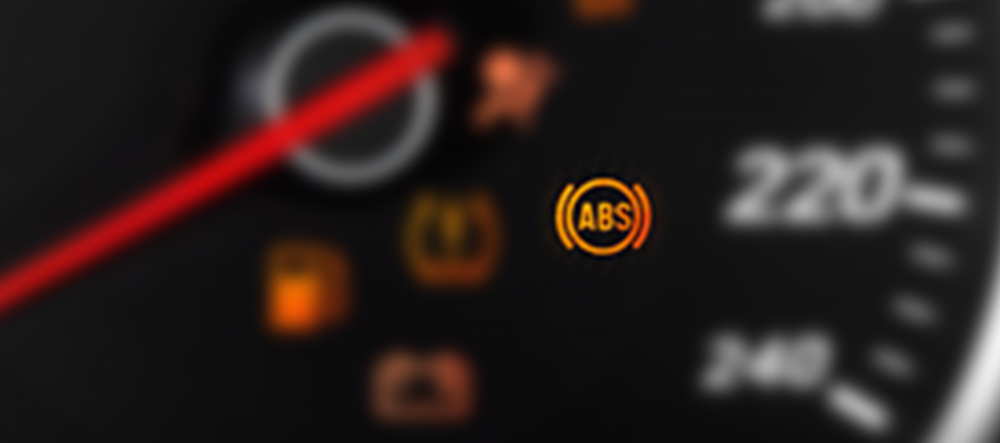
You can see the ABS light indicator on the instrument screen which indicates ABS is embedded in the safety features of your car. Under normal conditions, the ABS lights will only turn on when the car is contacted and will turn off automatically when the car starts.
However, when you see the ABS indicator light stays on when the car is started, it is a sign that something is wrong with the braking system. Some scenarios are possible, one of which is the brake fluid level is too low. To rule out the different possibilities, it’s a good idea to come to an official repair shop and have it checked.
The indicator light that remains on and continues to be ignored will have an impact on the braking system becoming not optimal. That being said, you may risk putting yourself in an accident during your driving.
Advantages of ABS Brakes
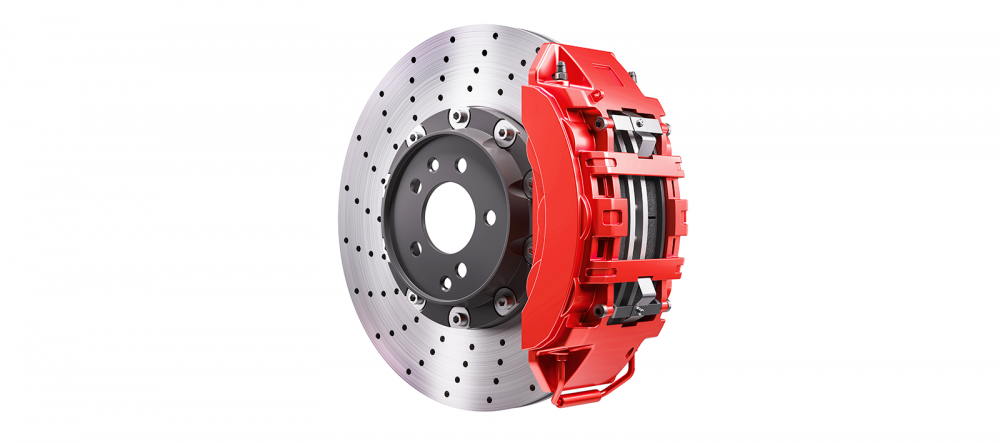
It is safe to conclude that ABS brakes are very important to ensure that the wheels don’t get locked during sudden braking. So, the car will be easier to control both on wet and dry road surfaces. Moreover, this system will also help you avoid any slipping and risks of other accidents.
The Downside of ABS

Despite having a sophisticated braking system, ABS brakes have their downside. This mainly can be felt when you drive your car on uneven or gravel roads. In this situation, the ABS brakes sensor still does not work that optimally and tends to be less solid. It’s even quite common for the brake to make a scratching sound.
Price Range
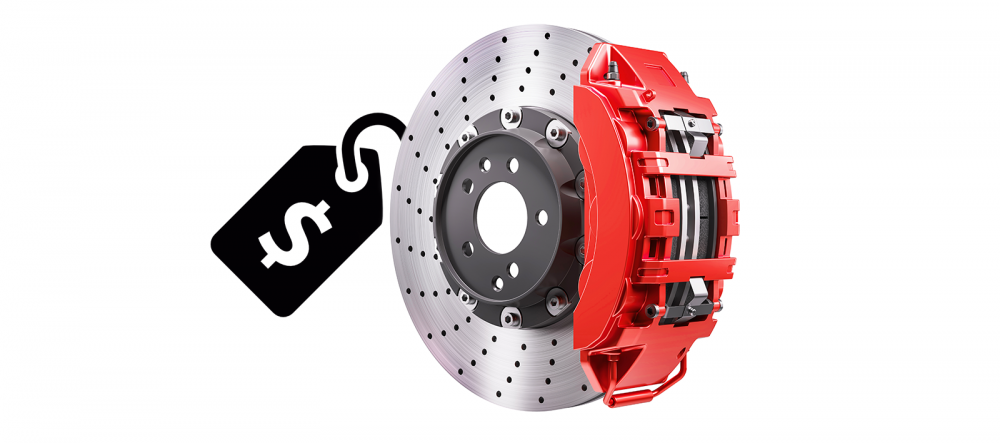
ABS brakes are more complex than conventional brakes and tend to be more expensive. The price of ABS components ranges from 1,5 million rupiahs to 2 million rupiahs depending on the quality and brand, and they don't include installation costs.
As for the ABS sensors, the replacement cost ranges from 3 million rupiahs to 4 million rupiahs per sensor. Hence, if you want to have a car with an ABS, then you also have to prepare for the cost of replacing its component later on.
So, Wuling Family, understanding the importance of ABS brakes, it’s a very smart choice for you to choose Cortez CT Type S as your family car since it has various safety features. They come in handy and even essential while you are driving, especially with the braking system!
Make sure you always go to an authorized Wuling repair shop to get proper maintenance on the ABS brake of your car. Wuling provides comfort and satisfaction through Wuling Home Service and online service for its loyal customers.
SHARE:








